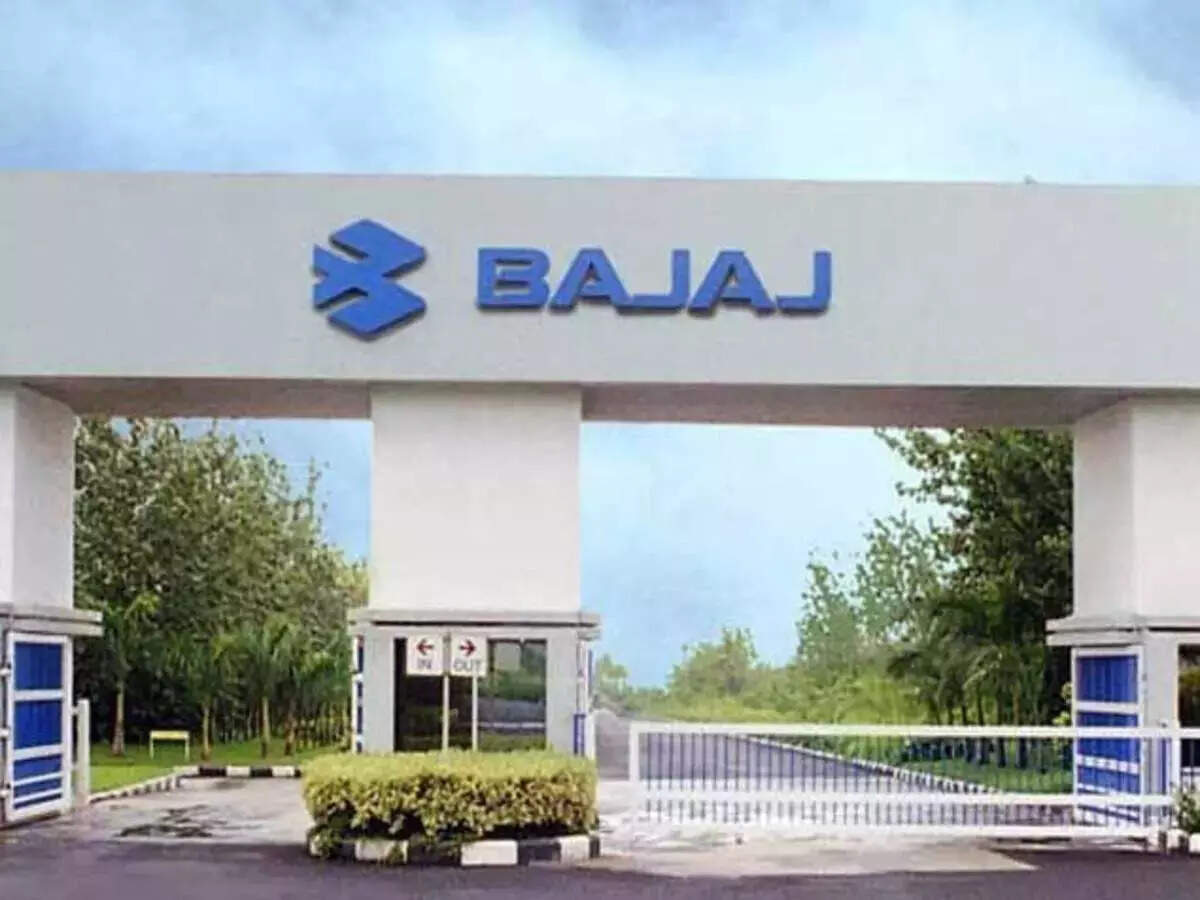
Bajaj Auto‘s net profit went up 9% in the September quarter over the year-ago period, driven by a robust operational performance across two- and three-wheelers in the exports and domestic markets and a higher contribution of pricier models in the overall product mix. The earnings were almost in line with Street estimates.
Overall volumes (including exports) at the Pune-based firm rose 16% to 1,221,504 units over the year-ago period, helping it turn in a record revenue from operations during the quarter.
Net profit at the maker of Pulsar and Discover brands increased to ‘2,005 crore as compared with ‘1,836 crore in the same period a year ago. The profit would have been higher if not for the additional provision of ‘211 crore the company had to make on account for the cumulative one-time impact on deferred tax on investment income due to the withdrawal of indexation and change in tax rate in the Finance Act, 2024, it said.
Net revenue from operations during the three-month period increased to a record INR 13,127 crore from INR 10,777 crore, up 22% year-on-year. Helped by a richer mix and higher export realisations, the company’s Ebitda margin during the quarter rose 40 basis points to 20.2% over the last year.
“It has been a stellar quarter with a record revenue,” Rakesh Sharma, executive director, Bajaj Auto, said in a post earning media call, adding that all the segments have done well for the company. The Dussehra sales were “muted and lower than expectations,” he said. He expects the two-wheeler market to end the current fiscal with a 5-8% growth over the last year.
“It was almost flat with 1-2% YoY growth over the last Dussehra as against the expectation of 6-8%. We will have to keep a watch on how the season pans out,” he said. Fundamentally “nothing is broken,” he added. The entry level motorcycle, primarily sold in the rural markets, which was picking up well till recently has shown a reversal in trend. In a sharp contrast, the share of motorcycles in the 125cc and above segment has grown to 55% from 42% over the past five years, indicating that the buyers are up-trading, he said.
Meanwhile, a steady increase in the volumes of the Chetak electric scooters, a positive response to the company’s first CNG motorcycle– Freedom and a gradual and sustained demand for its electric three wheelers, has pushed up the contribution of green vehicles. They now account for 44% of the company’s total volumes.
Encouraged by the response, Bajaj plans to double the capacity of the Freedom in phases to 40,000 units per month in the March quarter. It is also looking to expand the Chetak portfolio, which has catapulted the company to the No.2 position in the e-scooter segment, by launching new models in November. Bajaj now controls 20% of the segment. “We definitely have aspirations to be the segment leader. We said this even when our market share was only 6%,” he said.
Led by record sales in Latin America and a gradual recovery in Nigeria, exports during the quarter went up 7% to 444,793 units over the year-ago period.
The company also said it is making an additional capital infusion of ’84 crore in phases in the equity share capital of Bajaj Brazil.

